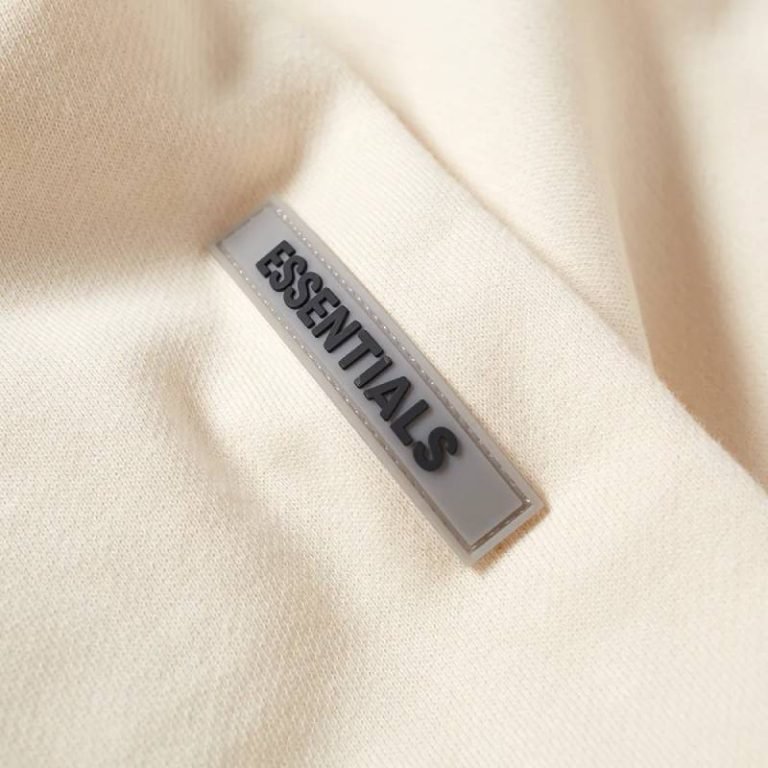Plantar fasciitis is a common cause of heel pain, affecting athletes, runners, and individuals who spend long hours on their feet. It occurs when the plantar fascia—a thick band of tissue connecting the heel bone to the toes—becomes inflamed due to excessive strain. If left untreated, it can lead to chronic pain and mobility issues.
Rutoclas is a potent pain relief drug that is made from a specific combination of Trypsin (96mg), Bromelain (180mg), and Rutoside Trihydrate (200mg). It is meant to reduce inflammation, relieve pain, and speed up recovery from injuries and swelling.
Fortunately, several effective treatment options can help alleviate symptoms and promote healing. Below are ten proven methods to manage plantar fasciitis and get back on your feet pain-free.
1. Rest and Activity Modification
One of the simplest and most effective ways to treat plantar fasciitis is by reducing activities that put stress on your feet. Avoid prolonged standing, high-impact exercises, and walking barefoot on hard surfaces. Instead, opt for low-impact activities like swimming or cycling to keep your fitness levels up while allowing your foot to heal.
2. Stretching and Strengthening Exercises
Regular stretching and strengthening exercises can help relieve tension in the plantar fascia and improve foot flexibility. Some beneficial exercises include:
- Calf stretches – Stand facing a wall, place one foot behind, and gently stretch your calf muscles.
- Toe stretches – Pull your toes back towards your shin to stretch the arch of your foot.
- Rolling exercises – Use a frozen water bottle, tennis ball, or foam roller to massage the bottom of your foot.
- Towel scrunches – Place a towel on the floor and use your toes to scrunch it up, strengthening the arch muscles.
Perform these exercises daily to improve flexibility and reduce pain.
3. Proper Footwear and Orthotics
Wearing supportive shoes with good arch support and cushioning is crucial for managing plantar fasciitis. Look for footwear with:
- A firm heel counter
- Good arch support
- A cushioned sole
- A slightly elevated heel
Custom or over-the-counter orthotics (shoe inserts) can also provide extra arch support and distribute pressure evenly across the foot, reducing strain on the plantar fascia.
4. Ice Therapy (Cold Treatment)
Applying ice to the affected area helps reduce inflammation and numb pain. Try these methods:
- Ice pack – Wrap an ice pack in a towel and apply it to the heel for 15-20 minutes.
- Frozen water bottle roll – Roll your foot over a frozen water bottle for a soothing massage.
Repeat this process 2-3 times a day, especially after long periods of standing or activity.
5. Anti-Inflammatory Medications
Over-the-counter medications like ibuprofen (Advil, Motrin) or naproxen (Aleve) can help reduce pain and inflammation. However, these should only be used for short-term relief and not as a long-term solution.
If pain persists, consult a doctor before continuing medication use.
6. Night Splints
Wearing a night splint while sleeping helps keep the plantar fascia stretched, preventing stiffness and morning pain. These splints maintain the foot in a dorsiflexed position, allowing the fascia to heal in a stretched state.
Although it may take time to adjust to wearing a splint overnight, many people experience significant pain relief over time.
7. Physical Therapy
A physical therapist can develop a customized treatment plan that includes stretching, strengthening, and manual therapy techniques to relieve pain and improve foot mechanics. They may also use ultrasound therapy, massage, or taping techniques to provide additional support.
If home remedies aren’t providing relief, consulting a physical therapist can be beneficial.
8. Corticosteroid Injections
For severe cases of plantar fasciitis that do not respond to conservative treatments, a doctor may recommend a corticosteroid injection. This anti-inflammatory medication is injected directly into the plantar fascia to reduce pain and swelling.
However, frequent steroid injections can weaken the tissue and increase the risk of rupture, so they should be used sparingly.
9. Shockwave Therapy (ESWT)
Extracorporeal Shockwave Therapy (ESWT) is a non-invasive treatment that uses sound waves to stimulate healing in the plantar fascia. This therapy can help reduce pain and inflammation while promoting tissue regeneration.
While ESWT has shown promising results, it may take multiple sessions before noticeable improvements occur.
10. Surgery (Last Resort Option)
Surgery is considered a last resort for chronic plantar fasciitis that does not improve with other treatments. The most common procedure is plantar fascia release, where part of the fascia is cut to relieve tension.
Surgical treatment is only recommended in severe cases where pain persists for more than 6-12 months despite conservative therapies. Recovery time can vary, and physical therapy is often required post-surgery.
Final Thoughts
Plantar fasciitis can be painful and frustrating, but with the right treatment approach, most people experience significant relief within a few months. By combining rest, stretching, proper footwear, and other treatments, you can speed up the healing process and prevent future flare-ups.














Leave a Reply